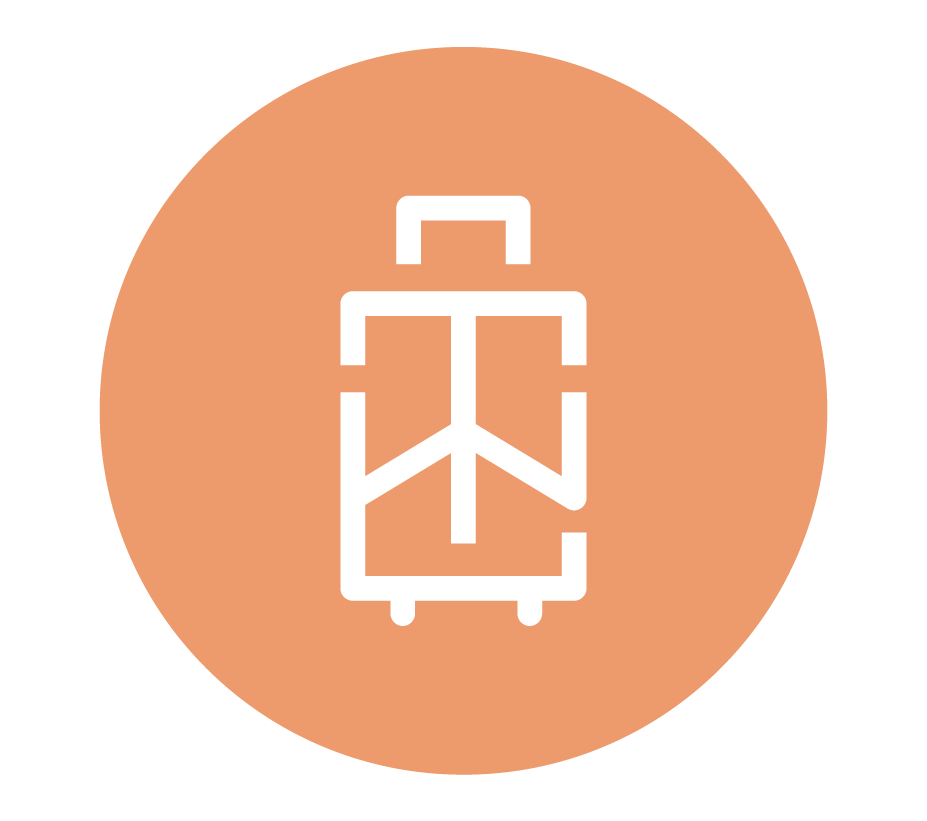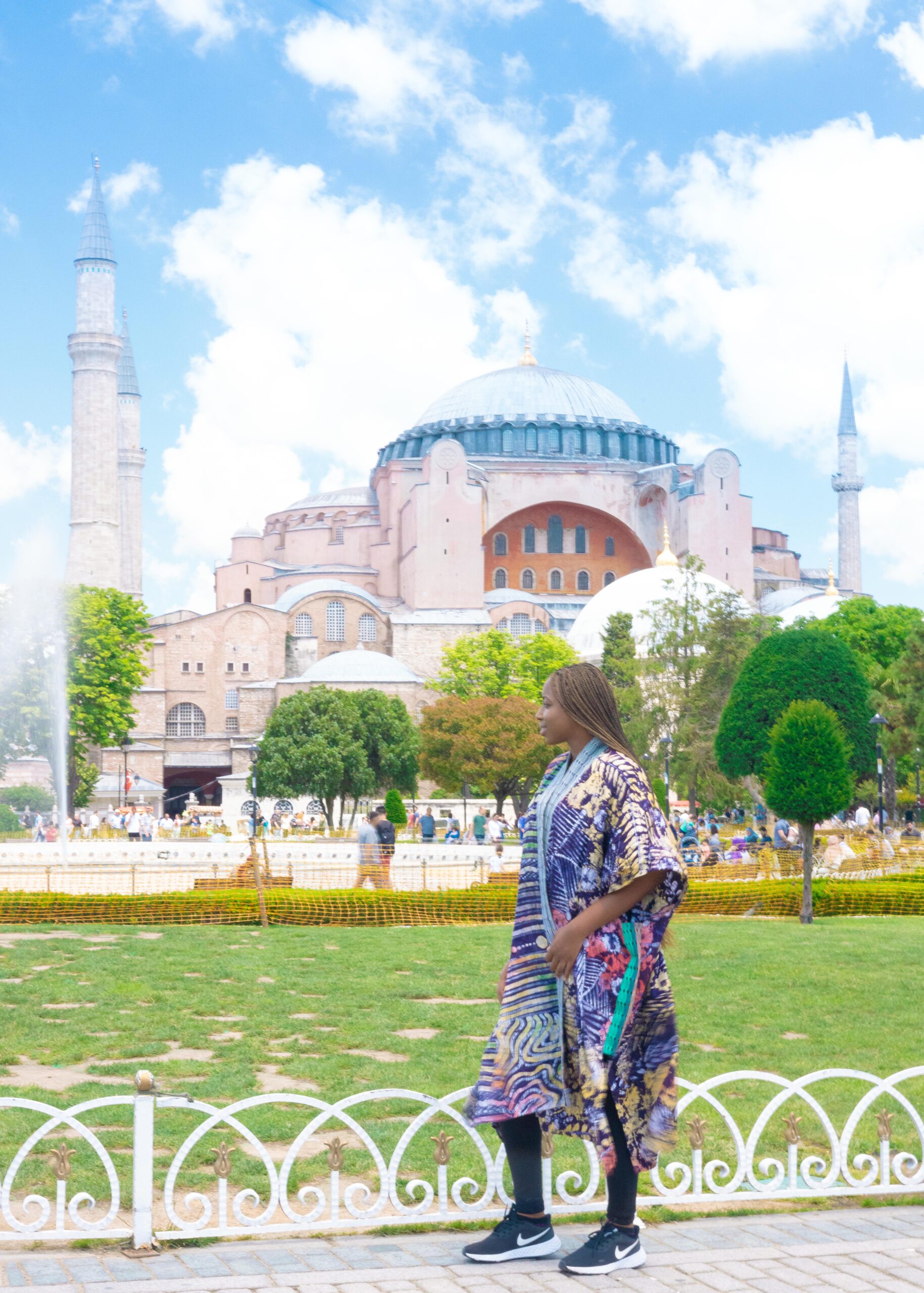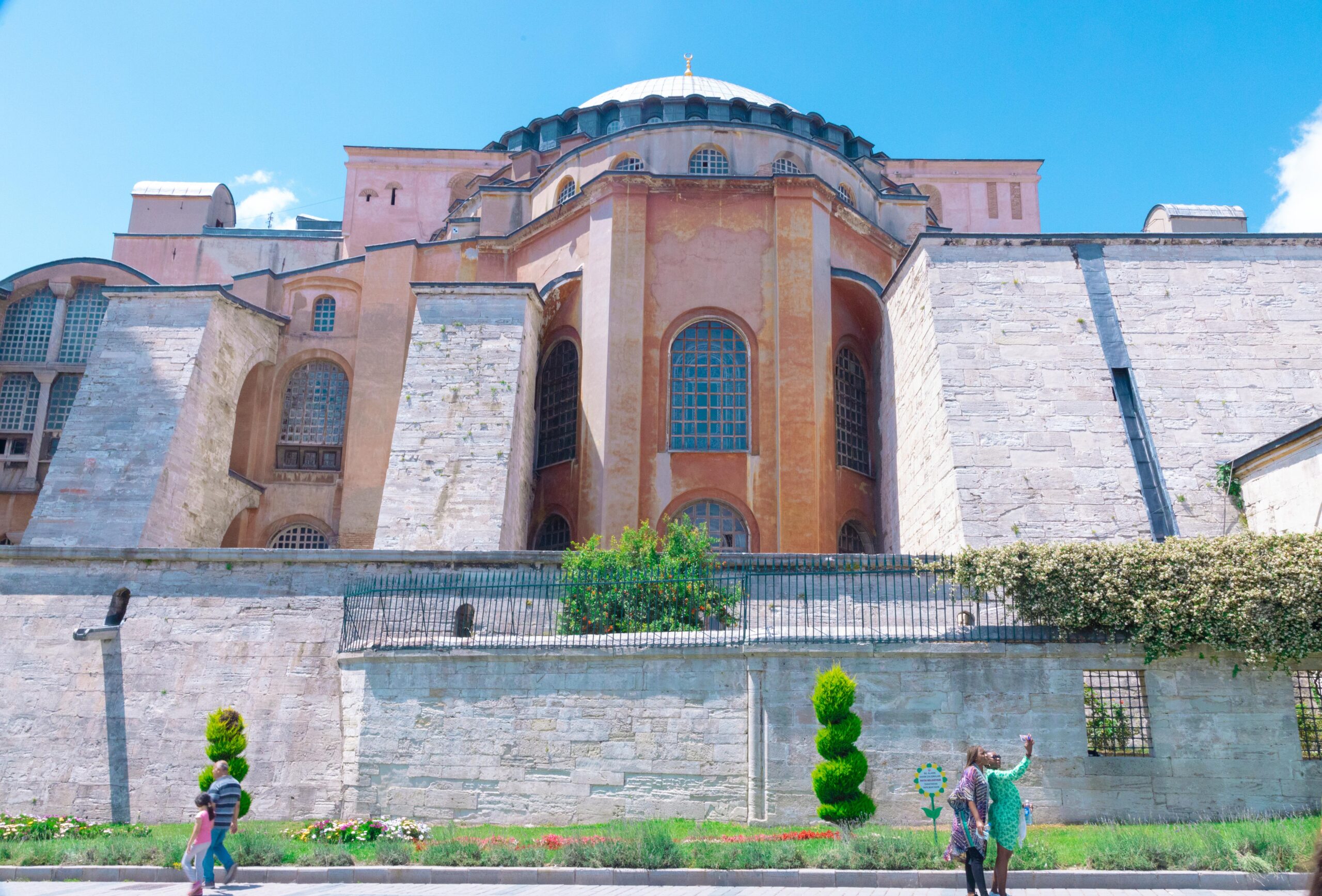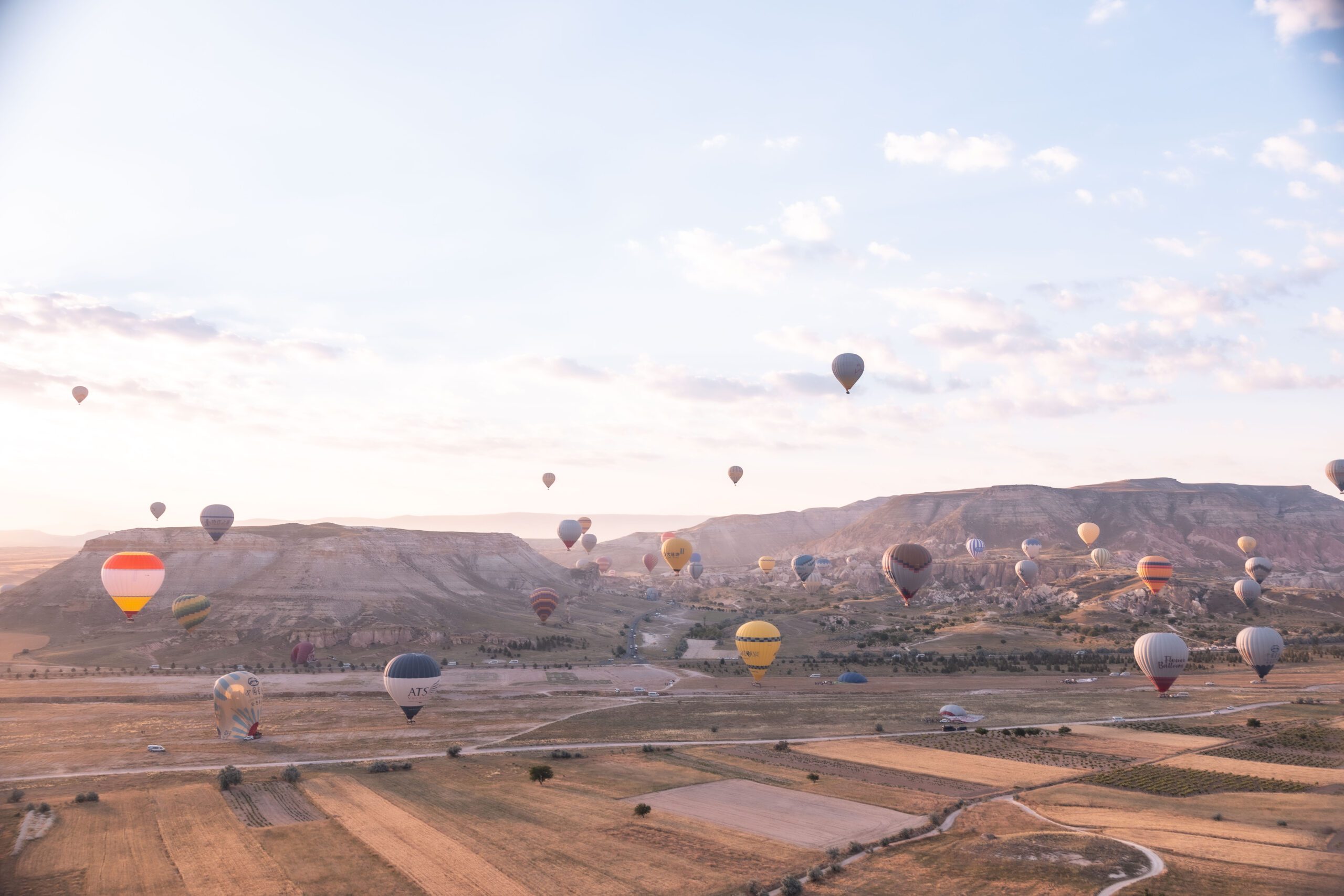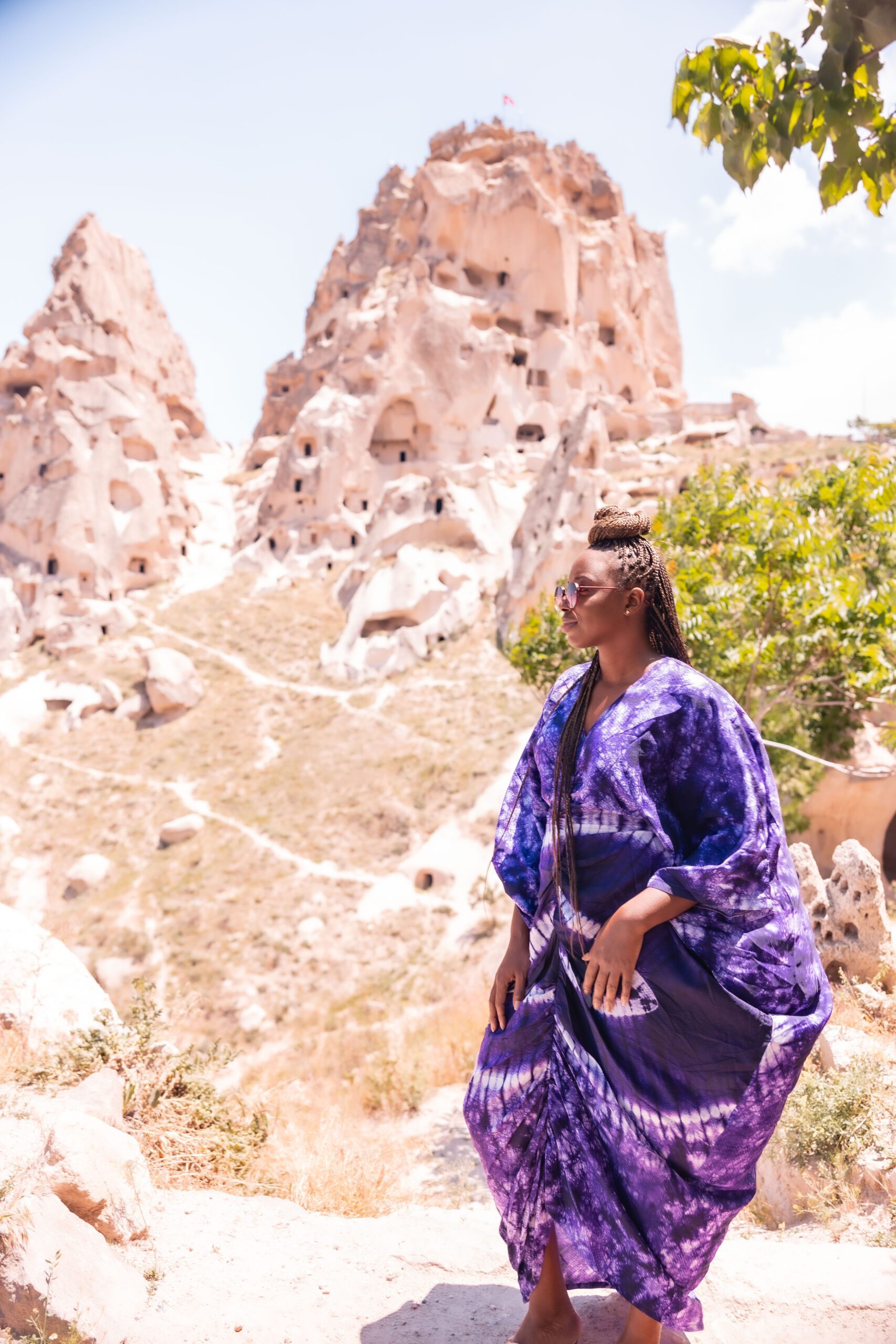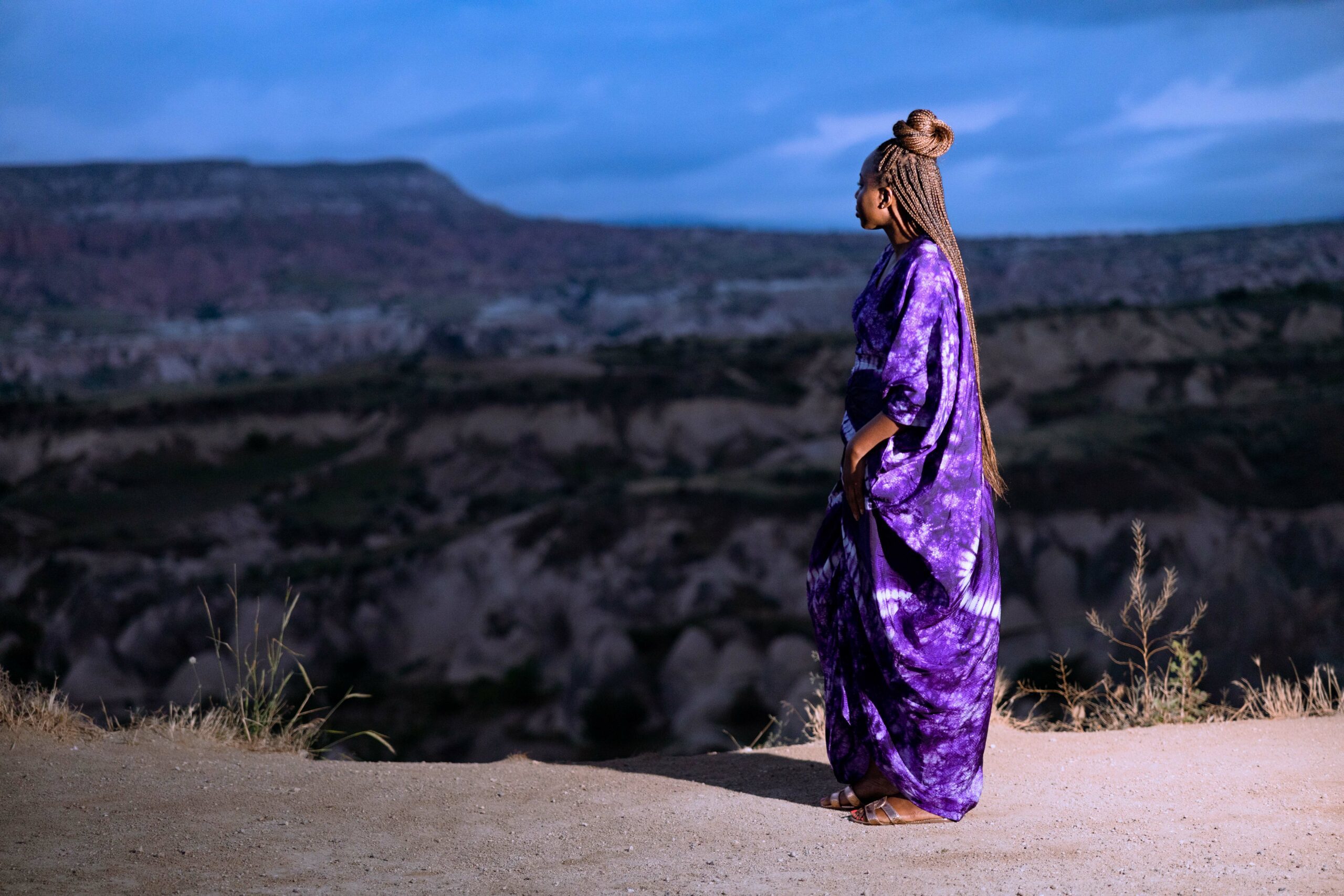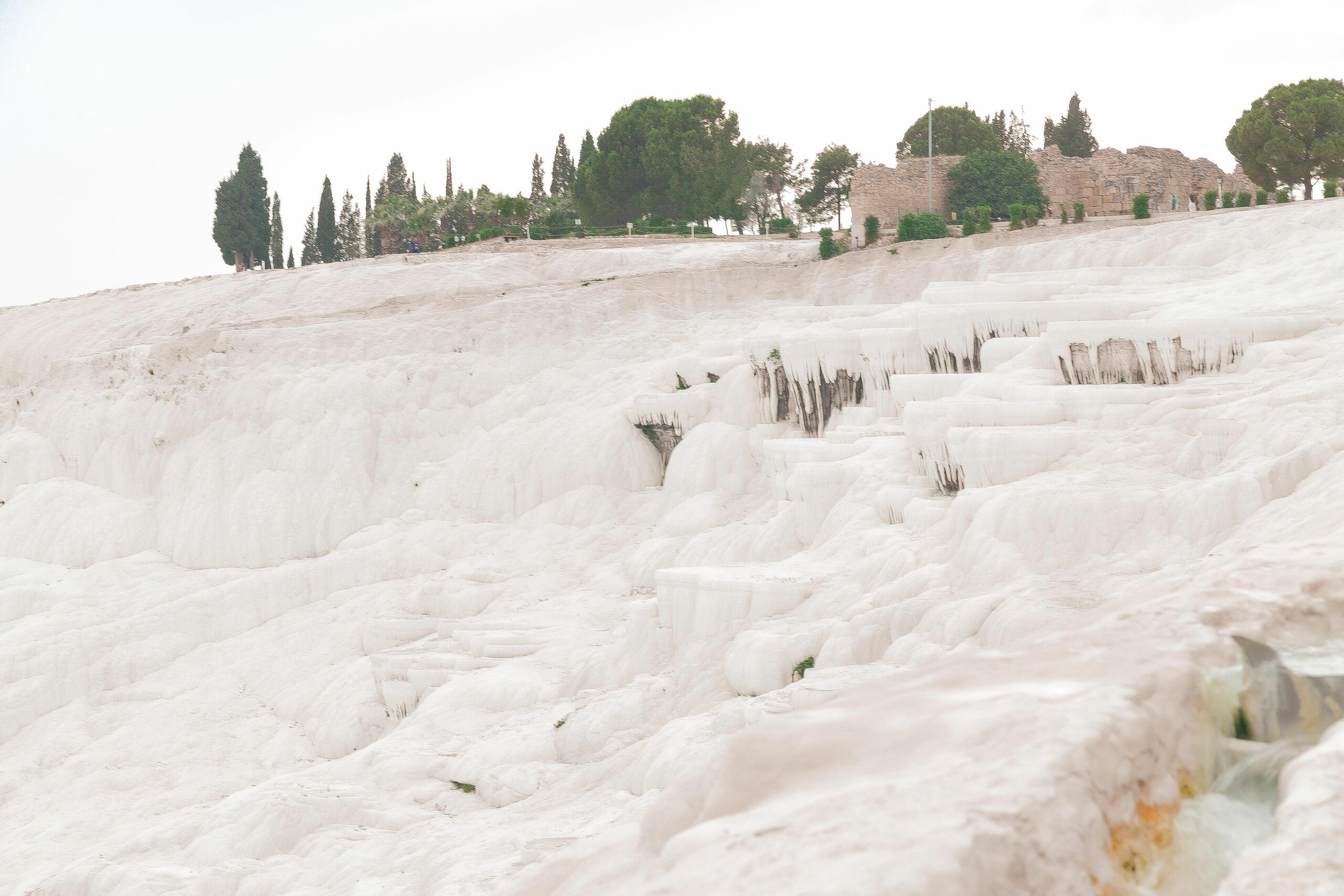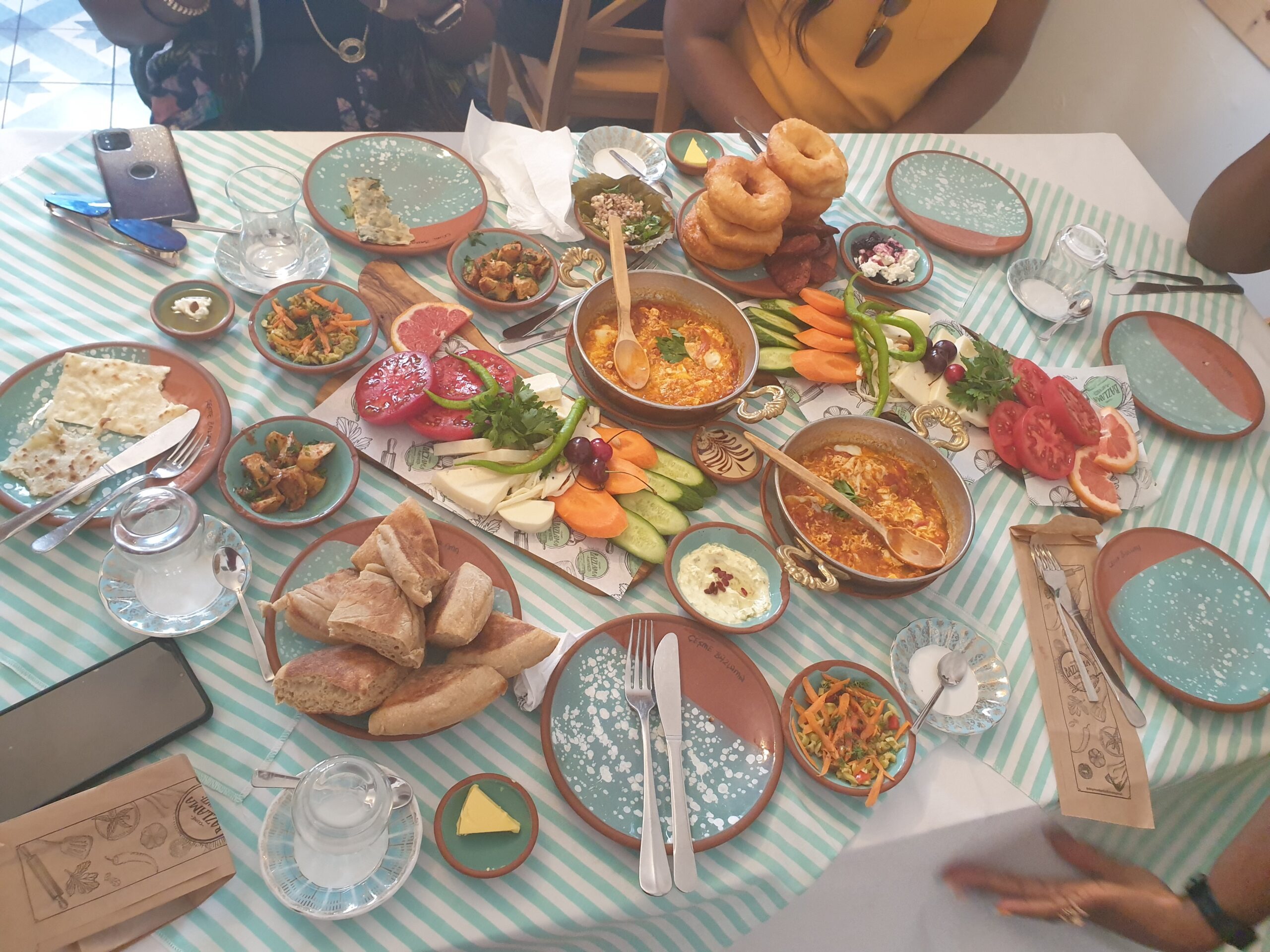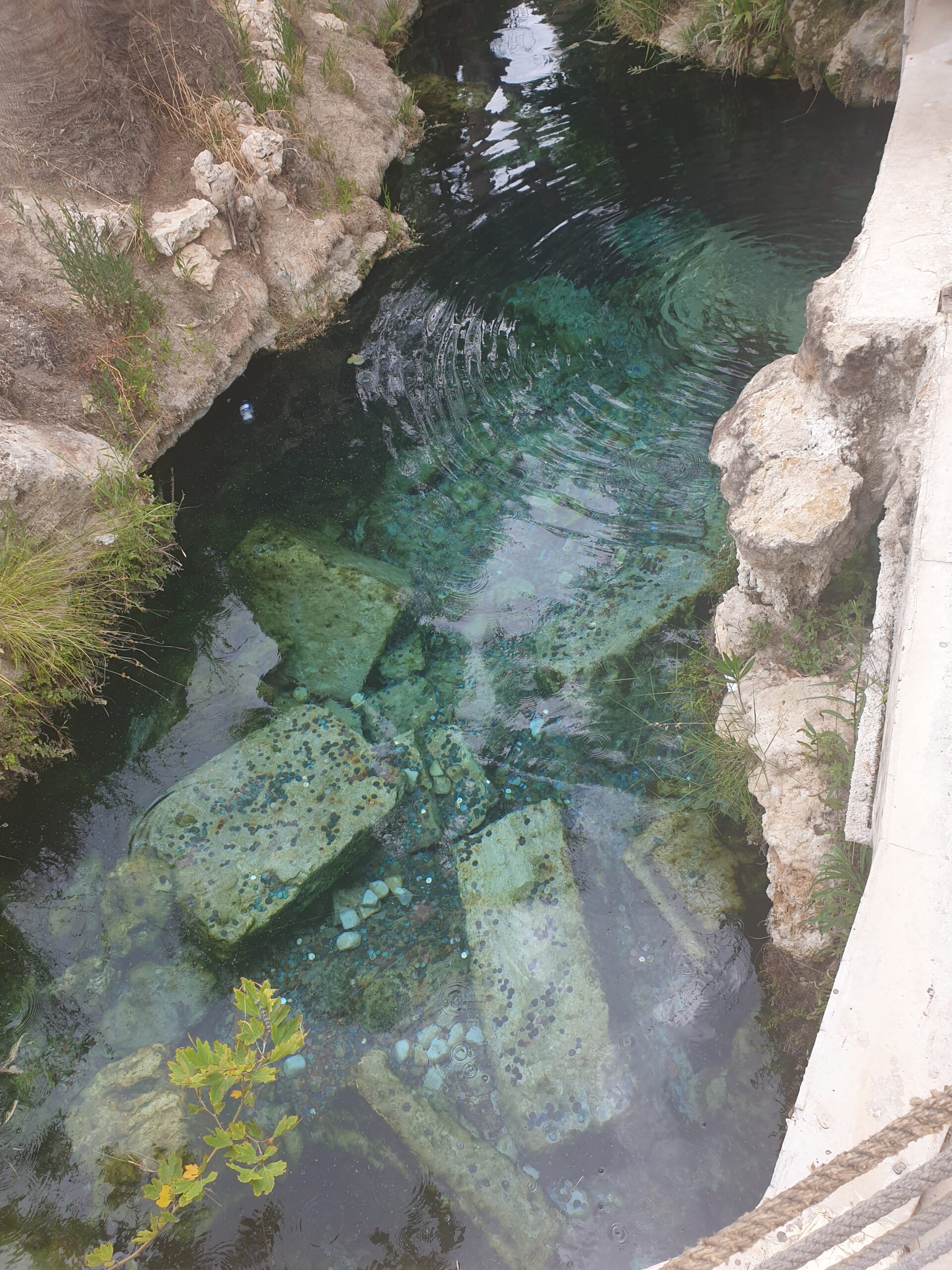South Africa
South Africa, the southernmost country on the African continent, renowned for its varied topography, great natural beauty, and cultural diversity, all of which have made the country a favoured destination for travelers since the legal ending of apartheid (Afrikaans: “apartness,” or racial separation) in 1994.
South Africa’s remoteness—it lies thousands of miles distant from major African cities such as Lagos and Cairo and more than 6,000 miles (10,000 km) away from most of Europe, North America, and eastern Asia, where its major trading partners are located—helped reinforce the official system of apartheid for a large part of the 20th century.
With that system, the government, controlled by the minority white population, enforced segregation between government-defined races in housing, education, and virtually all spheres of life, creating in effect three nations: one of whites (consisting of peoples primarily of British and Dutch [Boer] ancestry, who struggled for generations to gain political supremacy, a struggle that reached its violent apex with the South African War of 1899–1902); one of Blacks (consisting of such peoples as the San hunter-gatherers of the northwestern desert, the Zulu herders of the eastern plateaus, and the Khoekhoe farmers of the southern Cape regions); and one of “Coloureds” (mixed-race people) and ethnic Asians (Indians, Malays, Filipinos, and Chinese).
Why South Africa?
South Africa contains three major soil regions. East of approximately longitude 25° E, soils have formed under wet summer and dry winter conditions; the more-important soil types there are laterite (red, leached, iron-bearing soil), unleached subtropical soils, and gleylike (i.e., bluish gray, sticky, and compact) podzolic soils (highly leached soils that are low in iron and lime). A second major region lies within an area receiving year-round precipitation in Western Cape and Eastern Cape and generally contains gray sandy and sandy loam soils. Over most of the rest of the country, which is generally dry, the characteristic soils comprise a sandy top layer, often a sandy loam, underlain by a layer of lime or an accretion of silica. With some exceptions, South Africa’s soils are not characterized by high fertility, and those that are—for example, in coastal KwaZulu-Natal—tend to be easily degraded.


